It might be strange to find out birds eat eggshells, but there is a significant reason for this. Eggshells provide a vital source of calcium for nesting birds and bone repair.
Female birds will redistribute calcium from their bones during the nesting season to provide the required amount for their eggs. However, because of this, the female bird’s bones become weakened.
After their chick has hatched, the mother will often consume the discarded eggshell to regain some calcium in her bones.
So, there is a lot to unpack right there. But, the most important thing we are going to focus on is calcium redistribution and how vital it is for our feathered friends.
What is Calcium Redistribution?
Calcium redistribution is a necessary function for all birds. This process allows birds to heal injuries much faster than they should. Calcium redistribution lets birds draw calcium from healthy bone and utilize it elsewhere in their body.
Calcium is used in the production of eggshells, and this is a massive ordeal. Mother birds need to draw calcium from their bones to create solid and protective shells for their young.
The more eggs the female can lay, the more offspring she can raise. The more of these offspring that survive, the better her success is genetically.
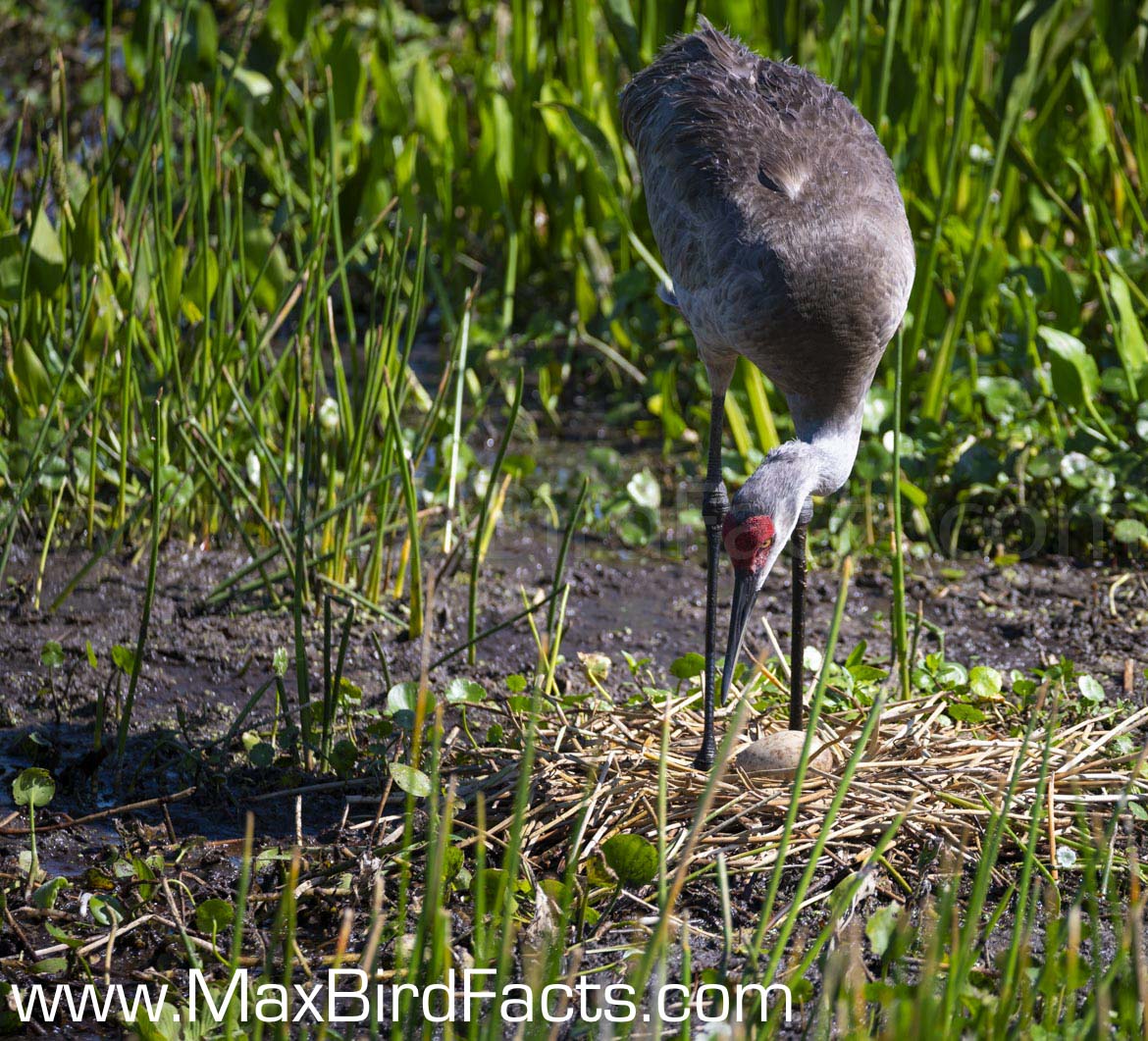
You may have heard the term “fitness” used when describing an organism. However, fitness isn’t about an animal’s physical prowess; it refers to how well the animal can survive in an environment and how well its genes are passed down. So, our mother birds can improve their fitness by making sure their chicks have sturdy eggs to protect them while they develop.
Eggshells are the primary barrier between the growing embryo and the outside world. The shell itself is much more complex than you might think.
It needs to maintain gas exchange so oxygen can get to the chick while retaining the moisture inside and keeping pathogens at bay.
Have you ever cracked a white chicken egg? It doesn’t give much resistance and will break right open. Compare this to a fresh, farm-raised chicken egg with a brown eggshell. This shell is much stronger and harder to crack.
This is because the mass-produced white chicken eggs aren’t getting enough calcium for the number of eggs they are producing, causing the shells to be noticeably thinner. (This is definitely an oversimplification of this. Many other factors such as diet, exercise, space-per-bird, and others affect a chicken’s eggshell.)
These thinner shells would have devastating effects in nature. They wouldn’t be strong enough to protect the developing chick and may even become too weak for the mother to incubate them.
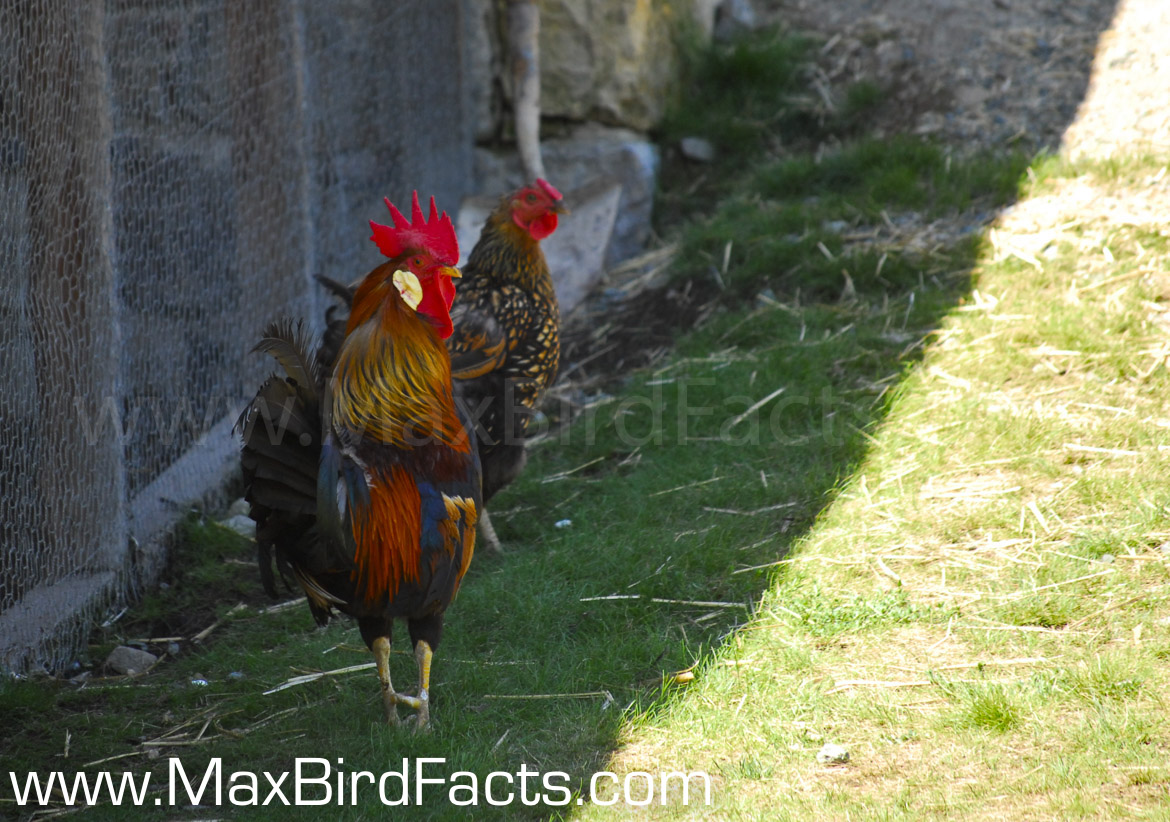
Calcium redistribution is also vital to avian bone health. Just like with any animal, birds sustain injuries throughout their life. Some of these injuries are much more life-threatening for birds when compared to terrestrial animals.
If a Red Fox fractures its humerus, it will be in pain, but it can still limp around and even get up to a trot to hunt or evade predators. However, if a House Sparrow fractures its humerus, that injury could prevent the songbird from flying.
The risk of losing the ability to fly is why it is so critical that bone damage heals quickly in birds.
In some birds, bone breaks or fractures are almost a way of life.
Cooper’s Hawks (Accipiter cooperii) are extremely agile bird hunters. They will chase their prey through heavily wooded areas until they capture the unfortunate victim in their powerful talons.
Even though these raptors are some of the most maneuverable hunters in the animal kingdom, they will still occasionally run into a tree. Tumbling headlong into a tree trunk will result in by far the most severe injuries, but impacting a branch with the wing or foot can also create significant difficulties.
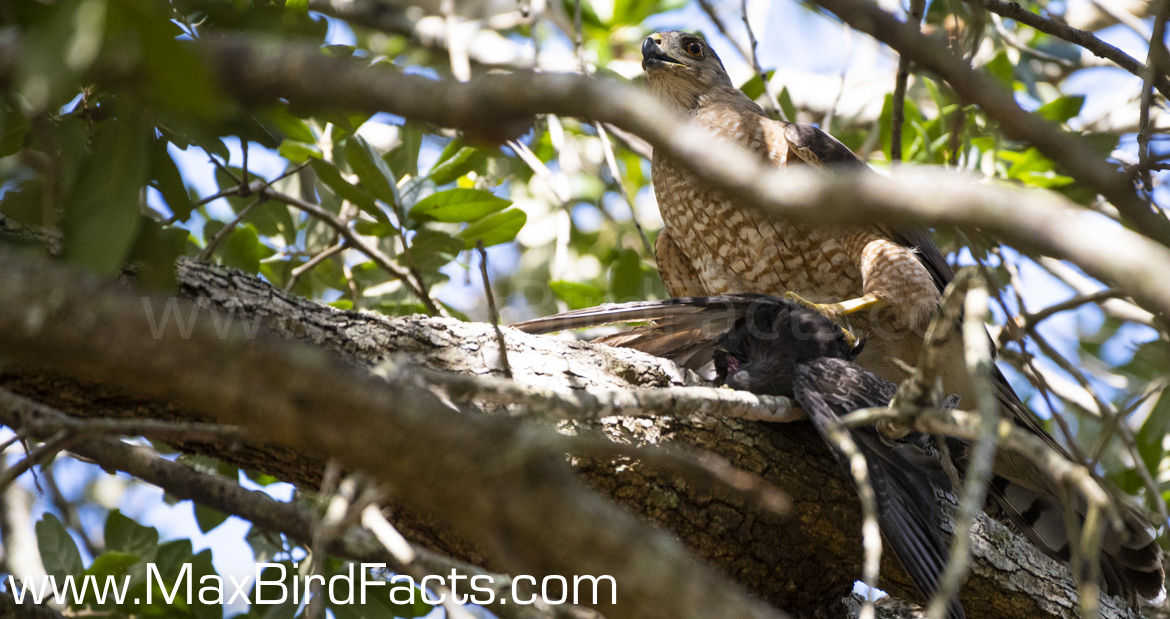
A study in 2002 by the Raptor Research Foundation found that 18.6% of the 339 raptors studied showed healed fractures. These were primarily in the furcula (wishbone), scapula (shoulder blade), and coracoid (bone used to aid in the upstroke during flight).
Therefore, a speedy recovery from these injuries would have to be necessary. Without the repair of significant flight bones, these birds would starve.
Thankfully, bird anatomy has been designed to strengthen their bones while also cutting down weight. A bird’s feathers also cushion it if the bird smashes into a tree or takes an abrupt fall.
But even with these adaptations, the ability to temporarily weaken a healthy bone to repair a damaged bone is a massive advantage. Calcium redistribution allows the birds to heal an otherwise debilitating injury much faster than you or I could.
How YOU Can Help
I’m sure if you are like me, you eat your fair share of eggs each week. Eggs are excellent for brain growth and development, a fantastic source of proteins and fats, and a speedy and tasty food source overall.
The average American consumes roughly 280 eggs each year! Of course, some will be at restaurants or diners, but most of those eggs will be cooked at home.
So what do you do with all of those “useless” eggshells?
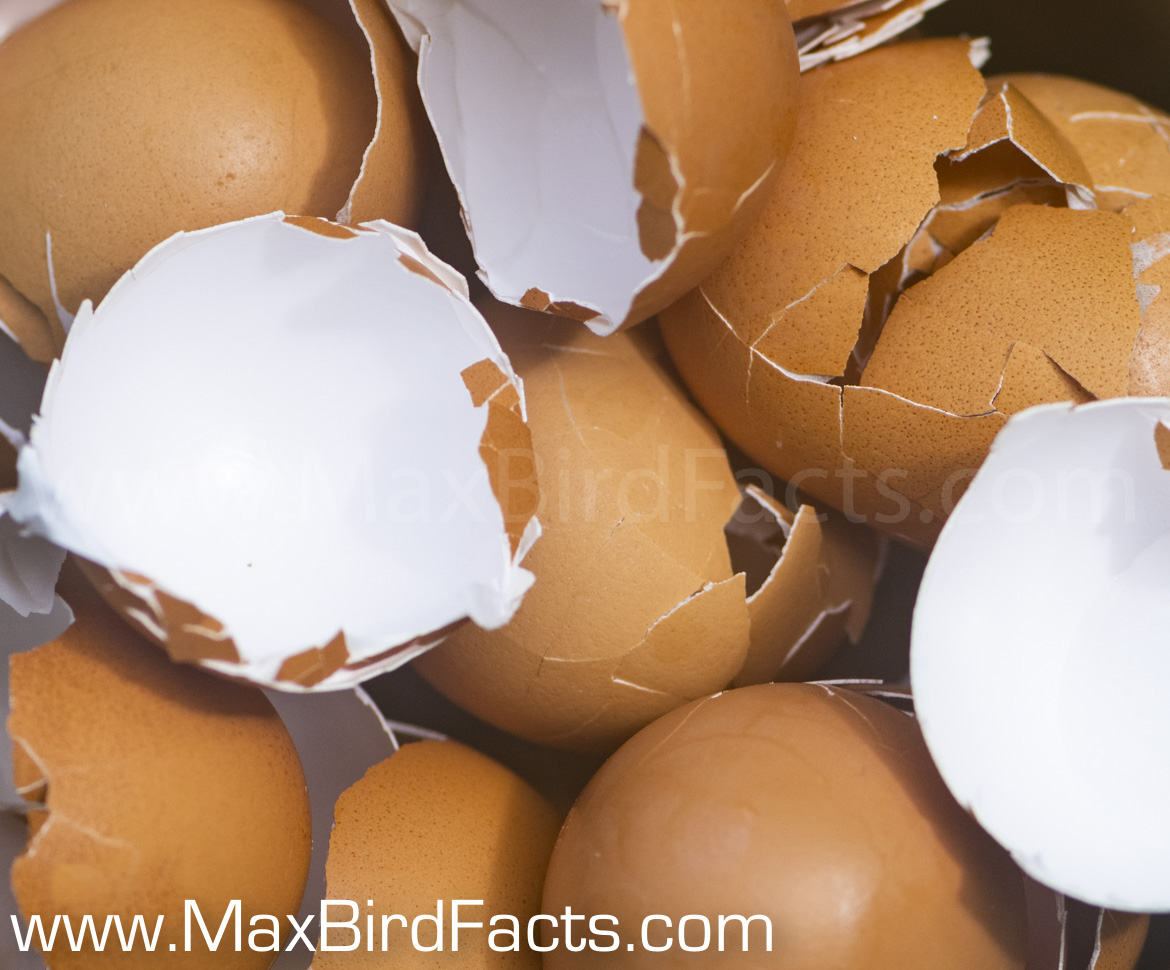
Wash the broken shells, then crush them into small pieces and leave them outside for birds to collect. By doing this, you will be helping your local birds out in a few ways.
As we’ve discussed earlier, birds will eat eggshells to reacquire lost bone mass due to calcium redistribution. So this is the primary way you will be helping your local avians.
Even outside of the breeding season, calcium is a vital mineral every bird needs for normal bone growth and maintenance. Just like when human children are growing, juvenile birds need a good source of calcium to make sure their bones grow strong and healthy.
Even adult birds need the occasional calcium supplement to make sure their bones are nice and healthy. The eggshells can even provide mechanical use for the birds.
All birds have a strong muscular stomach called the ventriculus or gizzard. The gizzard grinds up food before passing it to the proventriculus (glandular stomach), where stomach acid continues the digestive process.
As you probably already know, birds don’t have teeth. The gizzard replicates the act of chewing, but it still needs a substitute for teeth. This is where the eggshells come in.
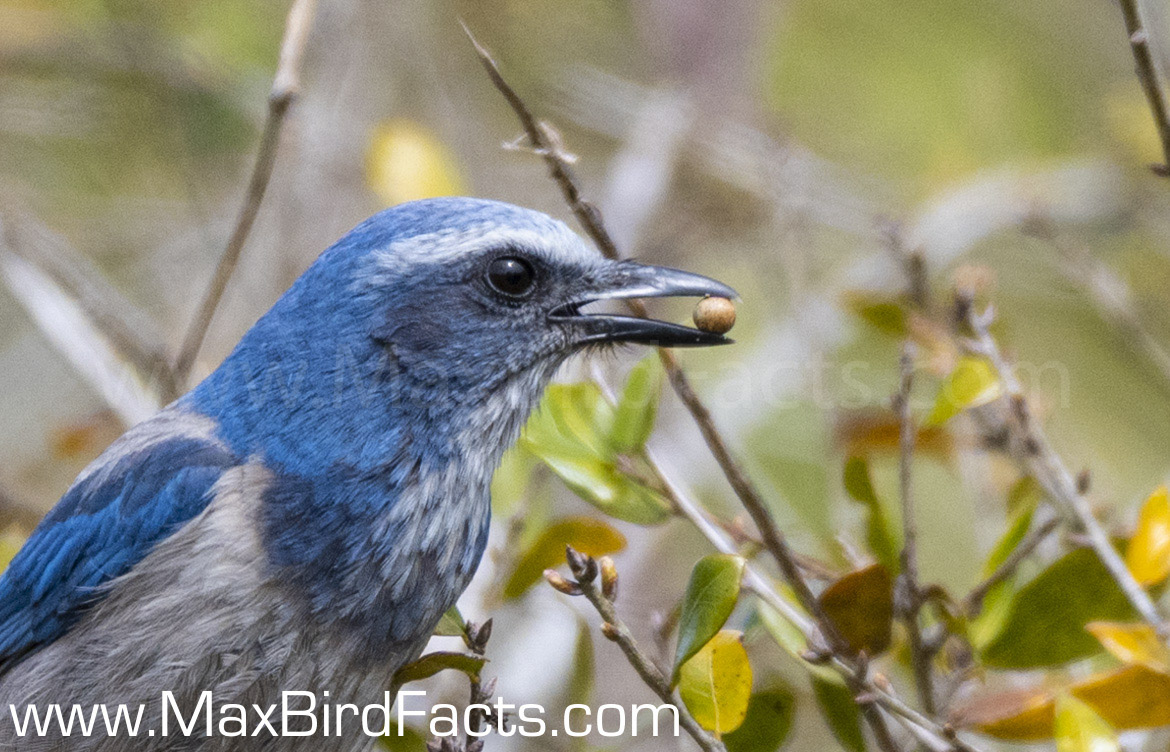
Birds will eat small, hard objects to use in their gizzard to help break down food, and these are called gastroliths. Small stones, sand, mollusk shells, and your eggshells are all items birds use in their gizzard.
Add them to your garden or flower beds if you’ve left the eggshells out for a while and haven’t noticed birds taking advantage of them. This will provide your plants with a great source of calcium as well.
Any of these uses is so much better than just throwing the eggshells in the trash.
Why Do Birds Eat Eggshells? For Calcium!
So, now we know why birds eat eggshells, for calcium.
Birds utilize calcium redistribution to pull calcium away from the bone to produce their eggshells. Then, after the hatchling emerges, the mother will consume the abandoned shell to regain some of her lost calcium.
Eggshells also act as a calcium supplement in the avian diet. All birds use calcium redistribution to heal damaged or weakened bone, so obtaining this mineral in nature is imperative.
Finally, eggshells can even fill in the space of gastroliths. Because of their rough structure, broken pieces of eggshells can be used in the way of teeth to grind up food before it is passed to the glandular stomach.
I hope you learned something new from this article! If you have any suggestions for future articles, please leave them in the comments below!
Get Outside & Happy Birding!
Max
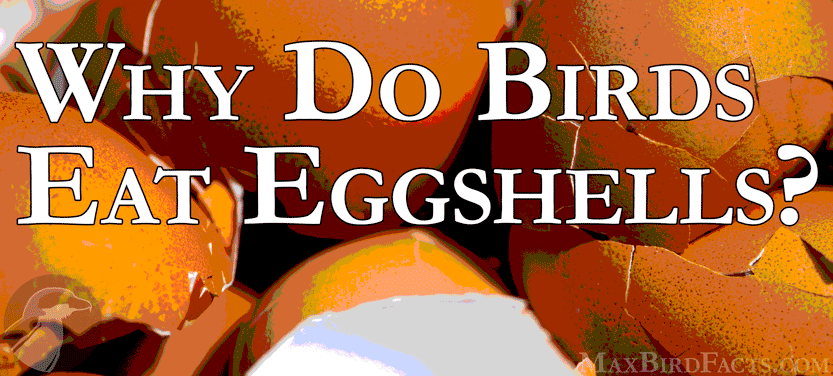
Pingback: Are Penguins Mammals – Of Course NOT, Penguins Are Birds! – Welcome to MaxBirdFacts.com!!!
I did not know that thank you very much, it helped me a lot knowledge is always welcome i loved the article.
Thanks, I’m glad you learned something new today!
Pingback: Why Are Bird Bones Hollow – Trimming Weight not Strength – Welcome to MaxBirdFacts.com!!!